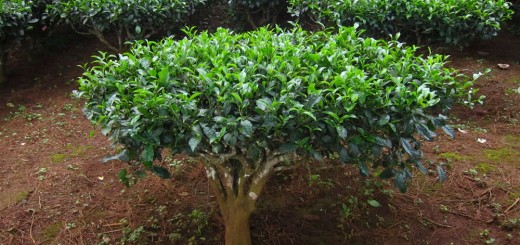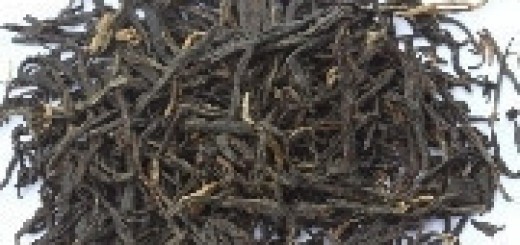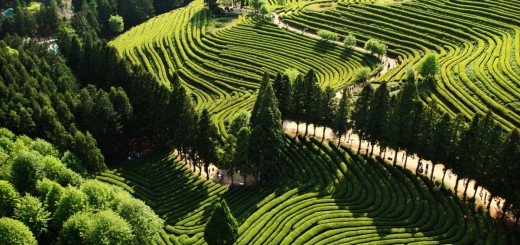Native Range and Suitable Climate/Soil
Camellia sinensis grows throughout a wide range of the world. From all the way to the east and spanning all the way to the pacific northwest, tea can be grown in a variety of climates and geographies, with climate being the number one main considerations of a tea producer. Camellia sinensis is native to East and Southeast Asia, and India. Some of the worlds finest teas come out of the Darjeeling region of India, which is recognized for its distinctive black teas.
Tea is most commonly found in regions of tropical and sub tropical climate and in regions averaging around 50 inches of rainfall. However, productive camellia sinensis can be found from all the way between the equator and up to 51 degrees north and up to 4,900 feet in elevation where it is said to be ideal for higher quality teas. A variety of tea can be characterized by where it is grown. For example, Assam is a type of black tea where a majority of it is grown at or near sea level. This tea is touted for its color, malty flavor, and body; and is after considered a breakfast tea. On the other end of the spectrum, some African teas come from altitudes up to 8000 feet. Camellia sinensis that grows in a high altitude will also grow more slowly compared to their low altitude counterparts. This is said to attribute to a more dinstinct tea due to volatiles being in higher concentrations due to the slow growth.
Like many plants. Camellia sinensis does its best in well drained and deep soils. The tea tree/shrub thrives in a non compacted soil with an ideal depth of up to 10 feet and preferably with as little to no rocks or concretions. If camellia sinensis grows with shallow roots in a hard compacted soil, it is prone to drought in the dry season and water logging in the rainy parts of the year. Camellia sinensis also does well in acidic soils ranging from 5.5 to 4.5 and less than 2% organic matter. To maybe put the pH into perspective grapes, bananas, and tomatoes can have a similar pH to ideal tea growing soils. Currently, the top four tea growing regions include India, China, Sri Lanka, and Kenya.
Works Cited
“Tea Cultivation « Tocklai.” Tocklai. Web. 12 Feb. 2016.
“Climate, Geography, and Tea Production.” Climate, Geography, and Tea Production. Web. 12 Feb. 2016.
Besky, Sarah. The Darjeeling Distinction: Labor and Justice on Fair-trade Tea Plantations in India. Print.
Brady, Nyle C., Ray R. Weil, and Nyle C. Brady. Elements of the Nature and Properties of Soils. Upper Saddle River, NJ: Prentice Hall, 2000. Print.






